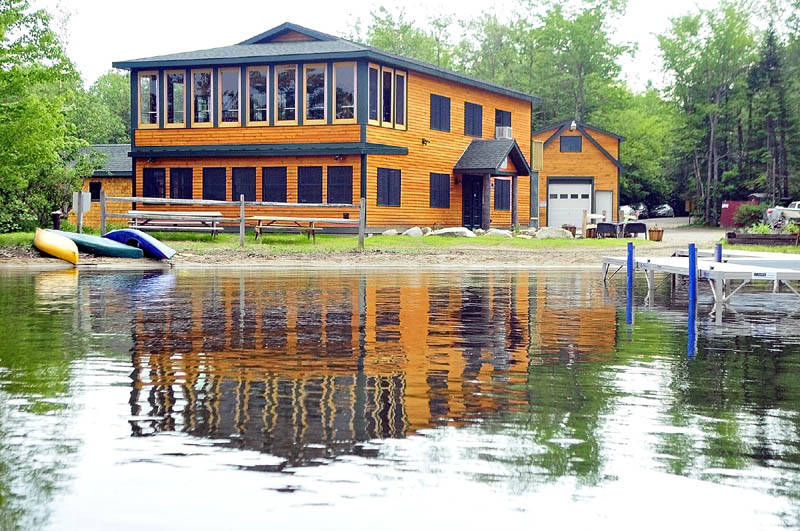How much are the Belgrade Lakes worth?
The question has been tackled by a team of researchers who say that the results can help policy makers weigh the value of the lakes against other resources competing for investment.
A preliminary report is expected to be completed next week, although a final figure won’t be available until next year.
“The goal is to get a sense of how much income is flowing through the region, and how many jobs the resource supports,” said Michael Donihue, an economics professor at Colby College.
No one knows the exact value of the seven-lake system, but “it will be millions of dollars, for sure,” Donihue said. The system comprises East Pond, Great Pond, Long Pond, McGrath Pond, Messalonskee Lake, North Pond and Salmon Lake.
When the study’s results are published, legislators, town officials and economic development agencies will be able to draw on it for policy decisions, grant applications and as a resource for potential businesses.
Charlie Baeder, executive director of the Belgrade Regional Conservation Alliance, said that the information will help the environmental group get grants for things such as land purchases.
Also, he said, it can help local municipalities understand the value of lake health programs, such as one that targets milfoil.
“One of the arguments we make for invasive plants is that the tax base of many of these communities is tied, at least in part, to the value of the lakeshore properties,” Baeder said. “So the study will help us to make our case to the towns.”
Baeder said that the hard data in a study like this one can reach well beyond the environmental community.
“Even if they don’t see the environmental value, they absolutely see the financial and tax-base value,” he said.
Understanding the Belgrade Lakes watershed, which covers 13 municipalities and approximately 180 square miles, can be difficult because it cuts across established boundaries.
“You can do one for cities or counties. Those are a lot easier to understand,” Donihue said. “This is a little bit harder. It’s a regional approach to economic analysis.”
The study is part of the Belgrade Lakes Watershed Sustainability Project, a multi-year effort involving more than a dozen people from Colby and several environmental organizations.
Matt Hongoltz-Hetling can be contacted at 861-9287 or at:
mhhetling@centralmaine.com
Copy the Story Link
Send questions/comments to the editors.



Success. Please wait for the page to reload. If the page does not reload within 5 seconds, please refresh the page.
Enter your email and password to access comments.
Hi, to comment on stories you must . This profile is in addition to your subscription and website login.
Already have a commenting profile? .
Invalid username/password.
Please check your email to confirm and complete your registration.
Only subscribers are eligible to post comments. Please subscribe or login first for digital access. Here’s why.
Use the form below to reset your password. When you've submitted your account email, we will send an email with a reset code.